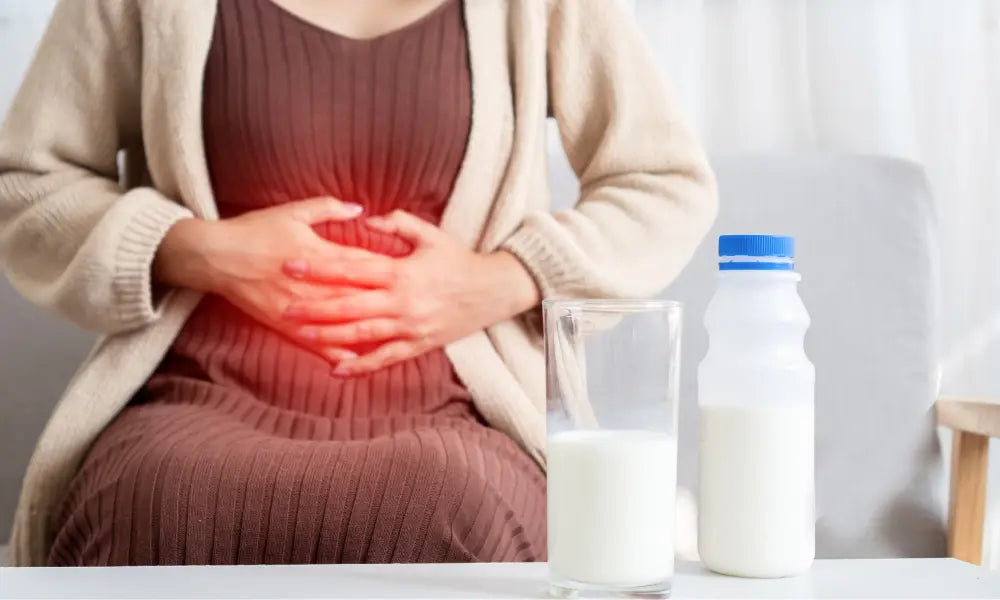
What is lactose intolerance? Symptoms, Causes, Diagnosis and Treatment


It only takes one friend saying, “Come on, one more!” for your inner resolve to evaporate like steam from a soup bowl. You weren’t even hungry; you were just part of the moment, moving with the room.That’s the quiet power of social eating. It can sweep you up before you...
There’s a moment many of us know too well: you open a box of mithai, take a bite, feel joy for five seconds and then remember you’re trying to cut sugar. It’s almost comedic. Our festivals and emotions haven’t slowed down, but our metabolism certainly has. That’s how sugar-free mithai...
"Belly fat isn’t just about calories in and calories out. Stress and poor sleep may be silently working against your weight loss efforts." If you’ve been eating less, exercising more, and still not losing that stubborn belly fat, you’re not alone. In a recent conversation with Metabolic Health Expert Mr....
Comments (0)
Back to Learn